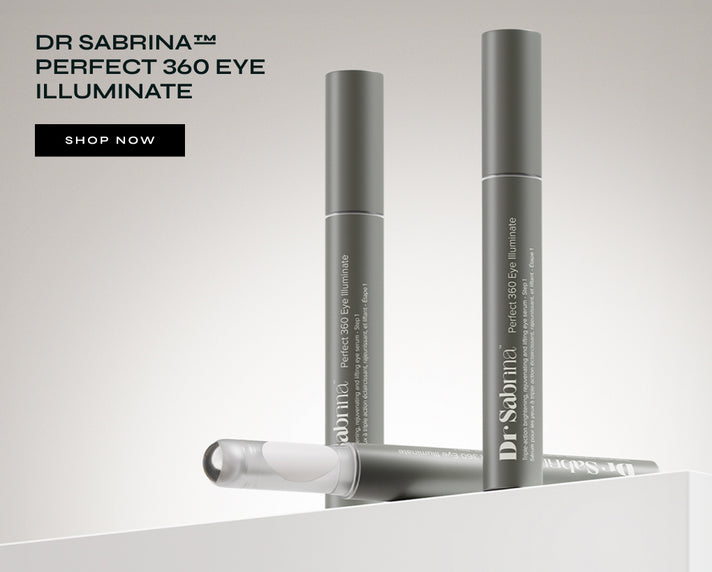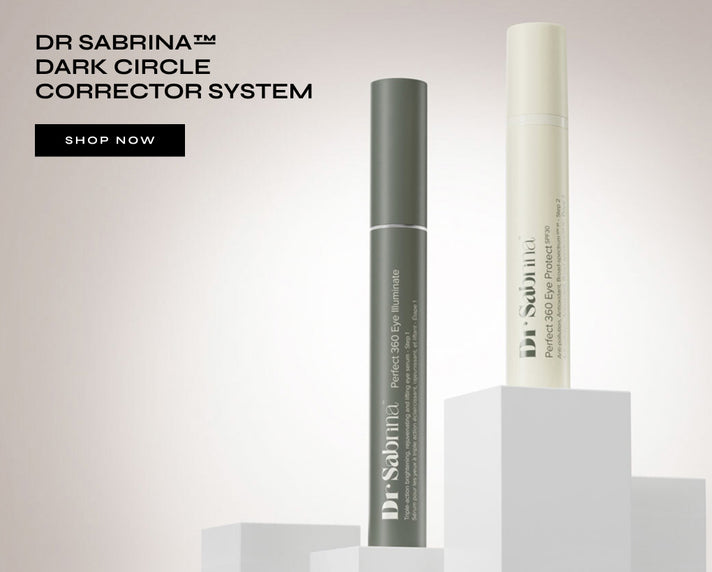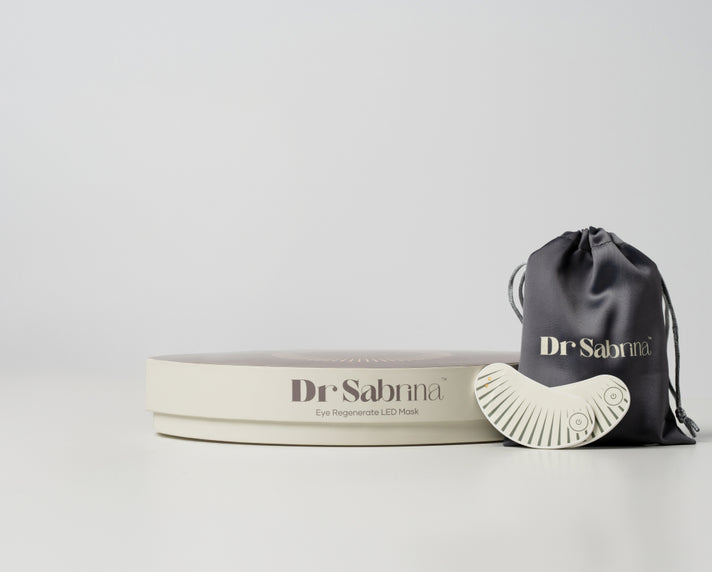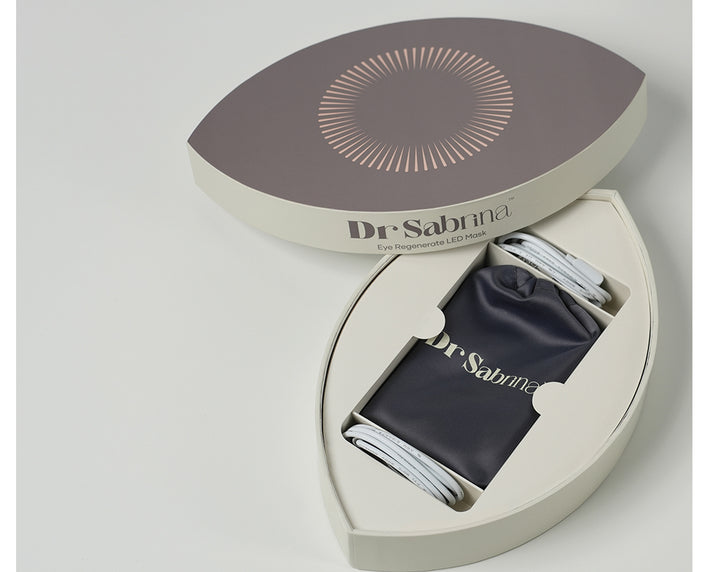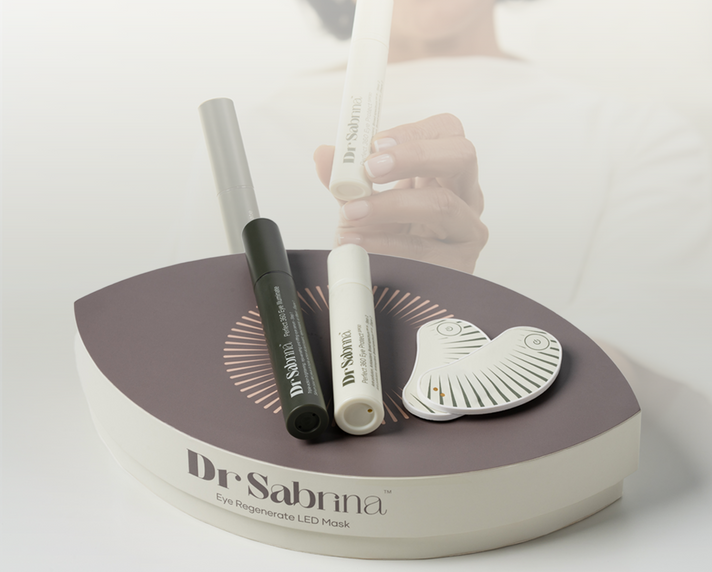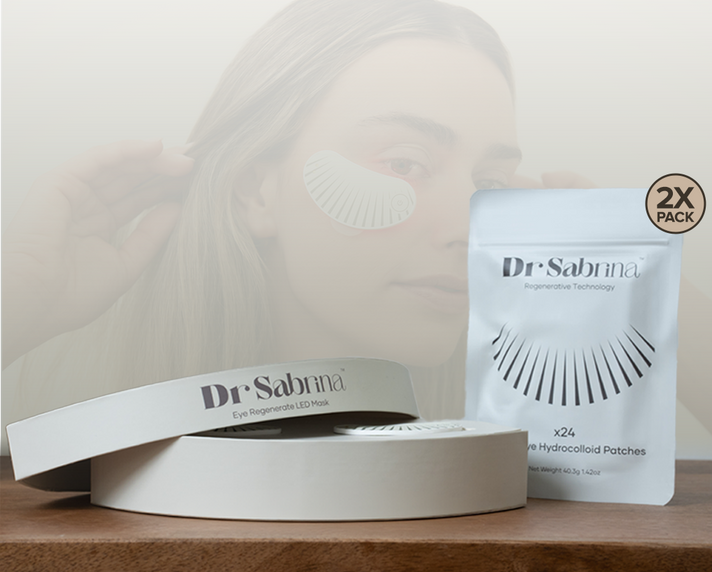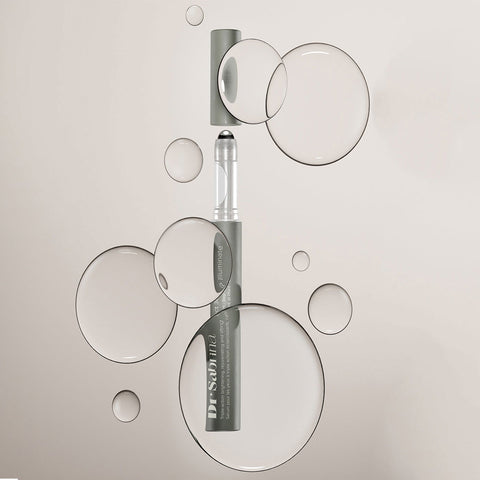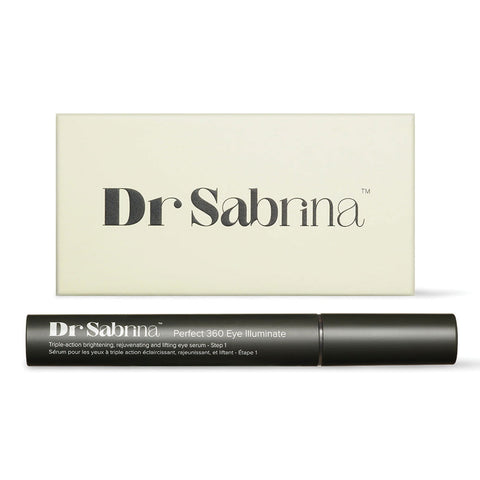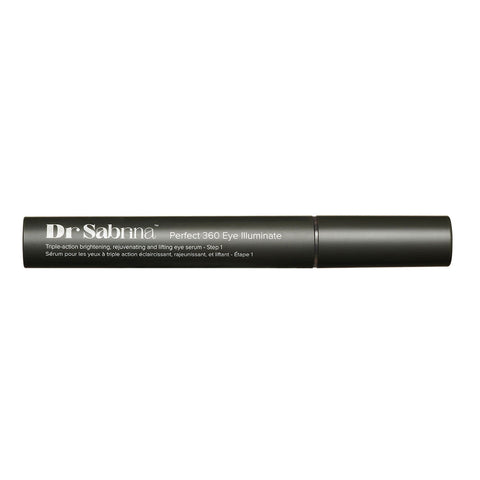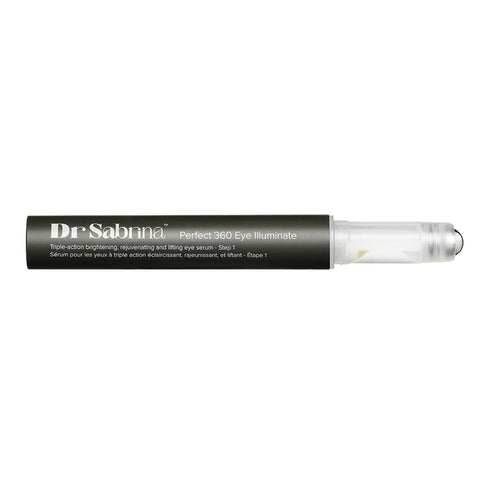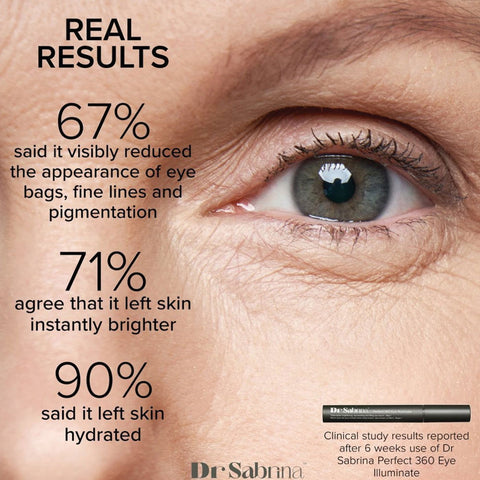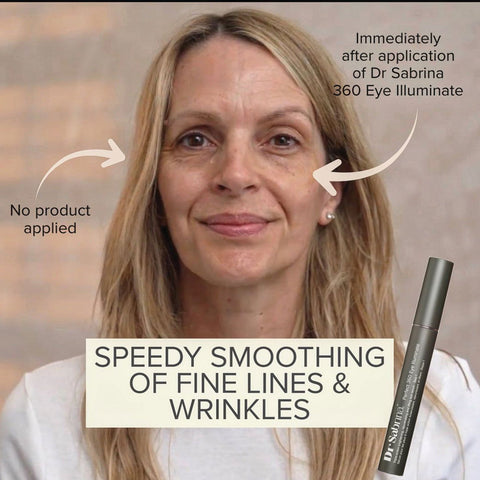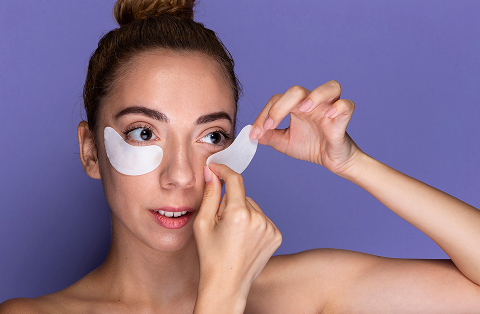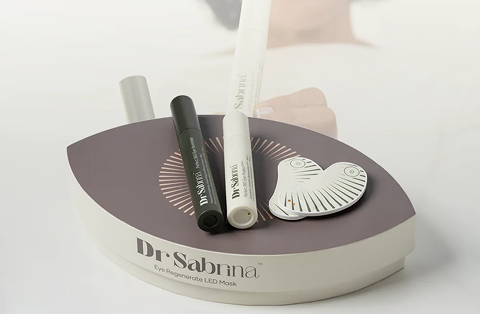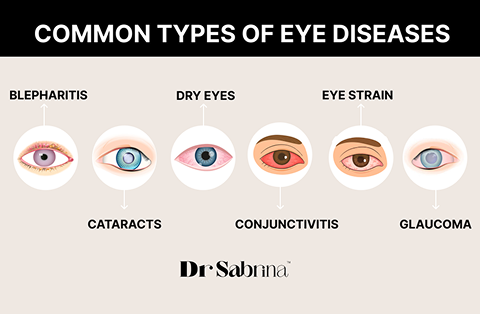Eye Serum
Types of Skin Textures: Complete Guide to Understanding Your Skin

When we look in the mirror, most of us notice not only our skin tone but also how smooth or uneven the surface of our skin appears. This surface quality is what we refer to as skin texture. Some people may have naturally smooth, soft texture, while others experience rough patches, enlarged pores, or bumps. Understanding the types of skin textures is the first step in learning how to care for your skin effectively.
In this guide, we’ll explore different skin texture types, what causes changes to the surface of the skin, and how you can improve the look and feel of your complexion with the right care. Whether you are wondering what textured skin is or you’re looking for solutions to improve bumpy skin texture, this article will give you the insights you need.
What Does Skin Texture Mean?
Skin texture simply refers to how your skin feels to the touch and how it appears to the eye. Ideally, normal skin texture is soft, smooth, and even with balanced hydration and minimal visible pores. But in reality, many of us experience surface irregularities that make the skin feel coarse, bumpy, or uneven in tone.
Factors like genetics, lifestyle, skincare practices, and exposure to the environment all influence whether you have smooth or rough skin texture. Over time, as collagen decreases and the skin repairs itself more slowly, changes to your facial skin texture become more noticeable.
What Is Textured Skin?
If you’ve asked yourself what textured skin is, the answer is simple: it’s when your skin's surface doesn’t have that naturally soft or refined appearance. Instead, you may notice bumps, visible pores, rough patches, scars, or flakiness. Textured skin isn’t harmful, but it can make your makeup appear uneven, and many people feel self-conscious because of it.
Common signs of textured skin include:
- Uneven patches that feel coarse
- Tiny bumps under the surface (often clogged pores)
- Roughness when running your fingers across your face
- Dull appearance lacking radiance
|
Are you concerned about uneven skin around the eyes? If you’re also concerned about uneven skin around the eyes, whether it’s fine lines, dullness, or crepey texture, a targeted treatment can help. One option worth considering is DR SABRINA™ PERFECT 360 EYE ILLUMINATE. Formulated to brighten and smooth delicate under-eye skin, it supports improved texture and reduces visible fatigue, leaving your eye area looking refreshed and healthy. Shop it Now! |
Types of Skin Textures
Not everyone experiences the same kind of surface irregularities. Here are some of the most common types of skin textures, along with what causes them.
1. Smooth or Normal Skin Texture
This is often considered the goal. Normal skin texture feels soft, even, and plump to the touch. Pores are barely visible, and there’s a natural glow thanks to balanced oil production and hydration. People with this skin type may still need daily care, but they typically don’t face major concerns with unevenness.
2. Rough Skin Texture
Rough skin texture feels coarse or grainy when you touch it. This usually happens due to dryness, sun damage, or a buildup of dead skin cells on the surface. Using mild exfoliation and hydrating products can help restore smoothness.
3. Bumpy Skin Texture
When the skin feels uneven because of small raised spots, it is called bumpy skin texture. This can be caused by clogged pores, keratosis pilaris (commonly known as “chicken skin”), or acne. Some bumps may be temporary, but when left untreated, they can create long-term unevenness.
4. Enlarged Pore Texture
Visible, large pores contribute to uneven face skin texture. This is most common in people with oily or combination skin, where excess sebum mixes with dead skin cells, stretching the pores.
5. Acne-Scarred Skin
Past breakouts may leave behind uneven texture in the form of pits, raised marks, or red spots. This type of texture can make the skin surface look shadowed under certain lighting.
6. Age-Related Texture Changes
As we age, our skin loses collagen and elasticity, leading to fine lines, creping, and uneven patches. This is a natural part of skin ageing, but with a well-planned anti-ageing skin care routine, these changes can be softened.
7. Flaky or Dry Skin
Dehydrated skin often leads to flakes and rough patches. This prevents light from reflecting evenly across the skin, giving it a dull look. Using hydrating serums and creams can help restore balance.
Why Does Skin Texture Change?
Changes in skin texture can be linked to many factors. Some of the most common include:
- Genetics: Some people are naturally more prone to textured skin.
- Sun exposure: Damage from UV rays leads to roughness, dry patches, and premature ageing.
- Lack of exfoliation: Without removing dead skin cells, buildup occurs, leading to dullness and unevenness.
- Acne and congestion: Breakouts leave behind bumps or scars.
- Dehydration: When the skin lacks moisture, it becomes rough and flaky.
- Ageing: Natural collagen depletion over time affects elasticity and smoothness.
How to Improve Skin Texture
While everyone’s skin is unique, the following tips can help improve most skin texture types:
1. Gentle Exfoliation
Using chemical exfoliants (like AHAs or BHAs) can help smooth away dead skin cells more evenly compared to harsh scrubs. This is especially effective for dealing with rough skin texture.
2. Hydration and Moisturiszation
Keeping the skin hydrated helps reduce flakiness and supports healing. For damaged or weakened skin, using the best skin barrier repair products can speed up improvement and protect against environmental stressors.
3. Sun Protection
Daily sunscreen is critical to prevent UV damage, which worsens unevenness and ages the skin prematurely.
4. Consistent Skin Care Routine
Cleansing, moisturising, and targeted treatments (like serums and retinol) maintain balance. For signs of ageing, building an anti-ageing skin care routine can not only improve texture but also enhance firmness.
5. Professional Treatments
For deeper concerns, such as scarring or bumpy skin texture, dermatologists may recommend:
- Chemical peels
- Microneedling
- Laser resurfacing
- Dermabrasion
Face Skin Texture and Makeup
Uneven texture often makes makeup harder to apply. The foundation may cling to rough patches or emphasise bumps. By improving your facial skin texture with preventive care and hydration, makeup applies more smoothly and reflects light in a flattering way.
Lifestyle Habits That Support Smooth Texture
Daily choices make a noticeable difference in how your skin feels and looks. Some supportive habits include:
- Drinking enough water to avoid dehydration
- Eating a balanced diet with vitamins and omega fatty acids
- Managing stress, which can trigger breakouts and dullness
- Getting sufficient sleep to allow the skin to repair overnight
Conclusion
Understanding the different types of skin textures helps you recognise what your skin truly needs. Whether you experience bumpy skin texture, patches of dryness, or simply want to preserve your normal skin texture, the right care can make a big difference. From hydration and gentle exfoliation to professional treatments when needed, improving your facial skin texture is achievable with consistency and patience.
Remember, textured skin is completely normal and common, but with mindful skincare choices, you can enhance your complexion’s smoothness and radiance over time. Prioritising healthy habits, nourishing products, and sun protection will not only refine texture but also keep your skin looking vibrant and healthy at every stage of life.
FAQs
1. What causes sudden rough skin texture?
Sudden roughness is often due to dryness, weather changes, or buildup of dead skin cells. A gentle exfoliant and a rich moisturiser can usually help.
2. Can bumpy skin texture be permanent?
Some causes of bumps, such as clogged pores, are temporary. However, certain conditions like acne scarring or keratosis pilaris may create long-lasting unevenness without targeted treatment.
3. What skincare ingredients are best for smoothing textured skin?
Look for products with AHAs, BHAs, retinol, niacinamide, or peptides, as these ingredients encourage cell turnover and support smoother skin.
4. How long does it take to improve skin texture types?
Results vary depending on the cause, but with consistent care and use of supportive treatments, many people notice visible improvements within 6–8 weeks.
5. Can makeup hide what is textured skin completely?
Makeup can minimise the look of textured skin, but it won’t erase it. For best results, pair makeup with consistent skincare to improve surface quality over time.
